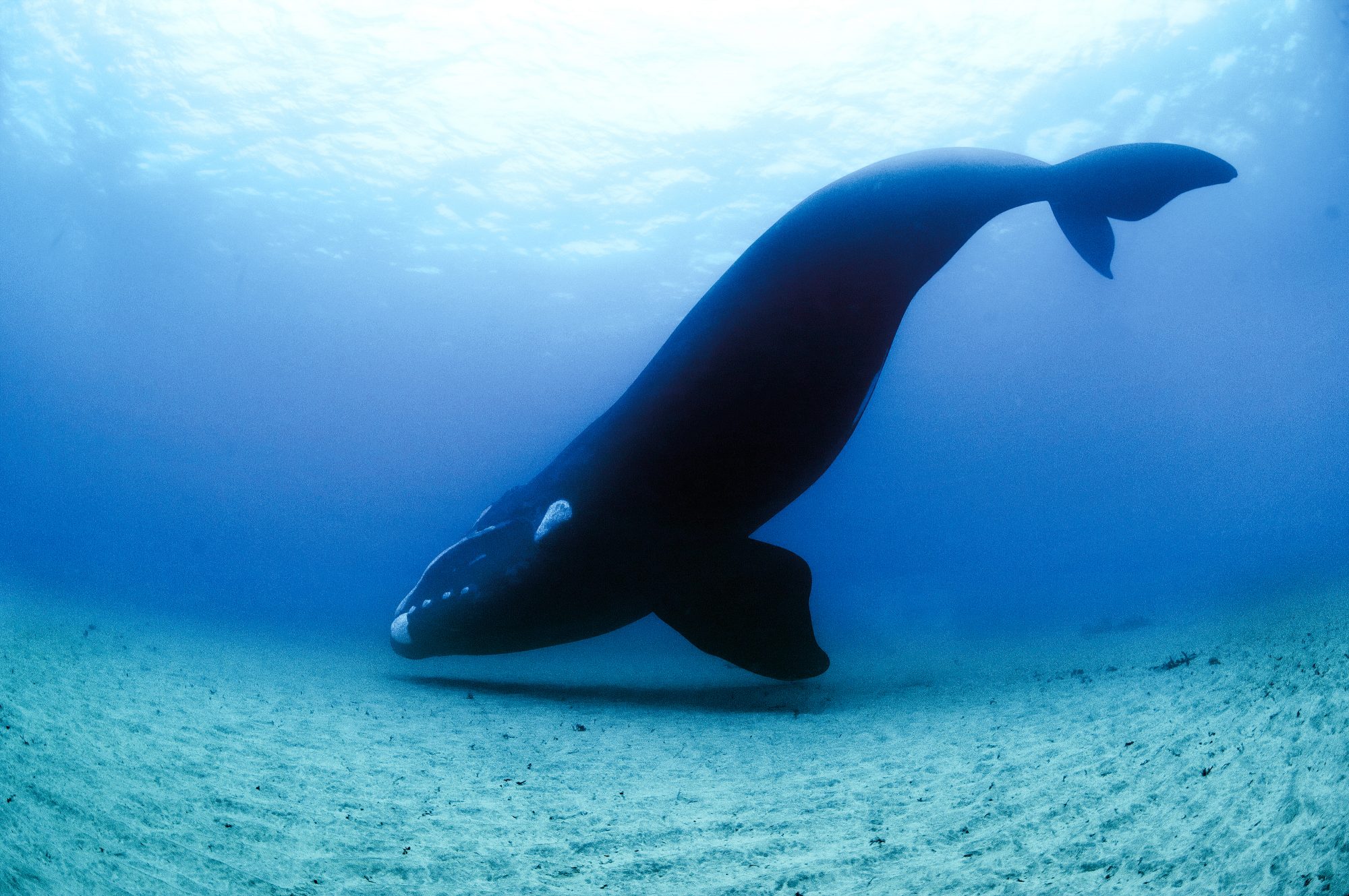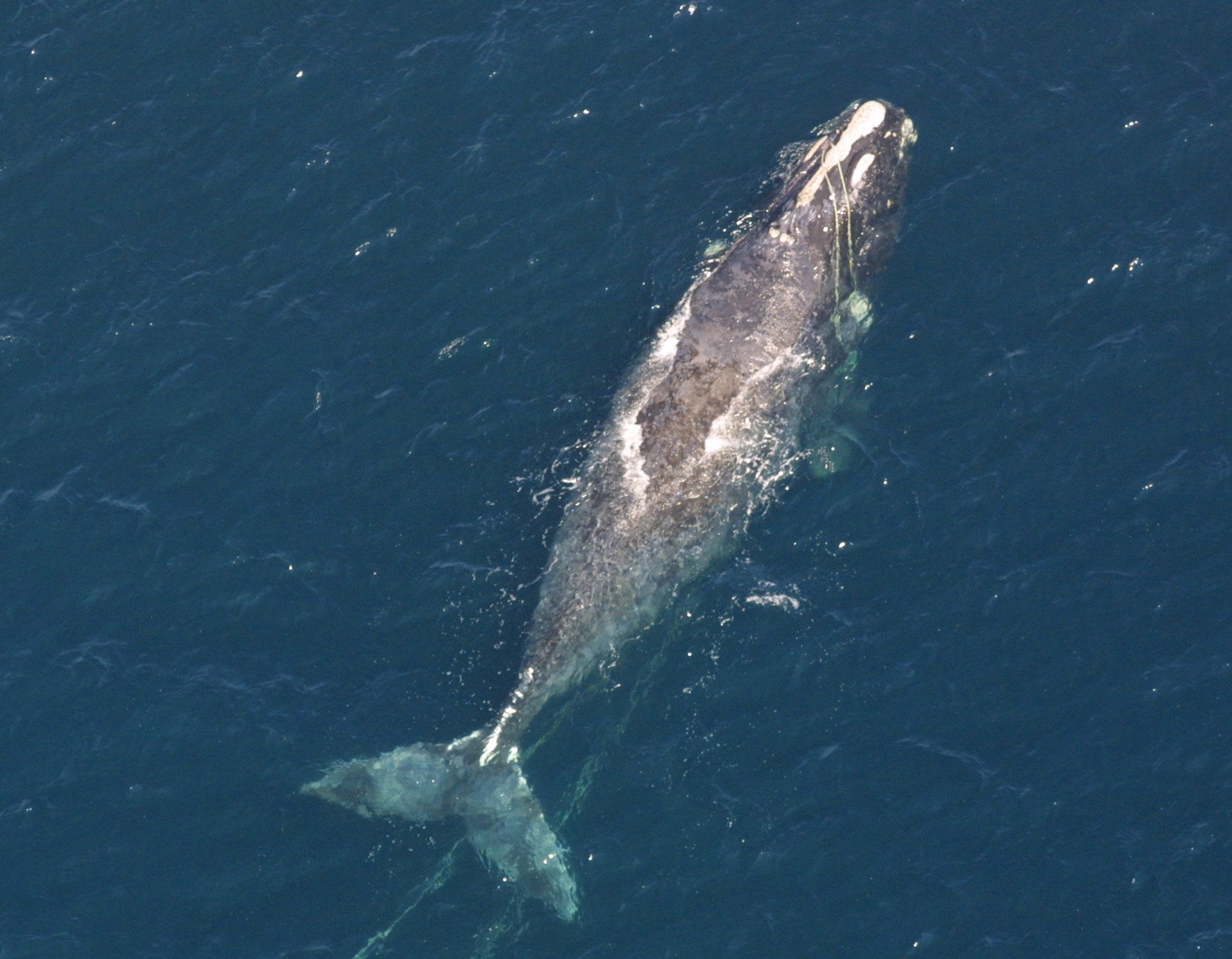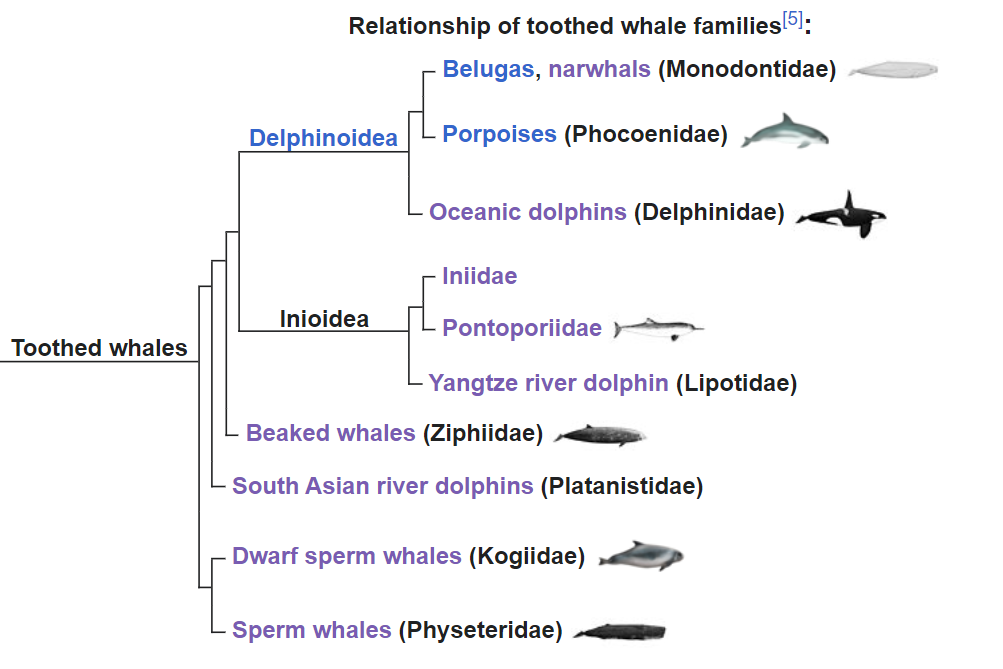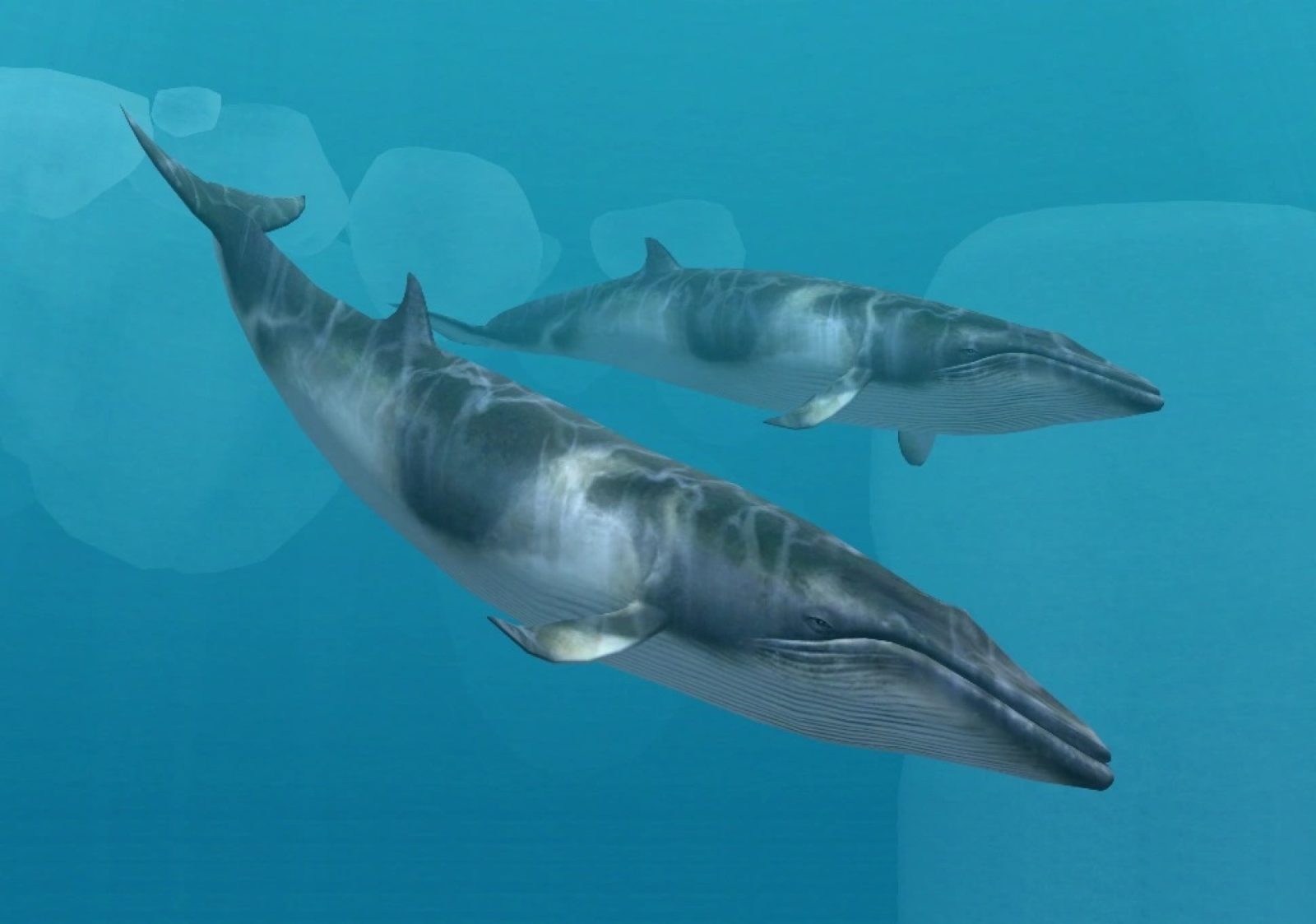
Antarctic (Southern) Minke whale
Bizarrely, having been described in the 1850s it was not recognized as a separate species until the 1990s. Thankfully, largely ignored by whalers, it came out of the whaling age with a population that still numbered in the hundreds of thousands – with current estimates falling around half a million individuals.
The Antarctic and the Southern Minke whales are thought to have diverged around 4.7 million years ago. They are found throughout much of the Southern hemisphere.
They are the main prey item for type A killer whales, with multiple occasions this hunt having been watched. There has been a recorded occasion when a group of 10 type B killer whales also killed one of these whales.

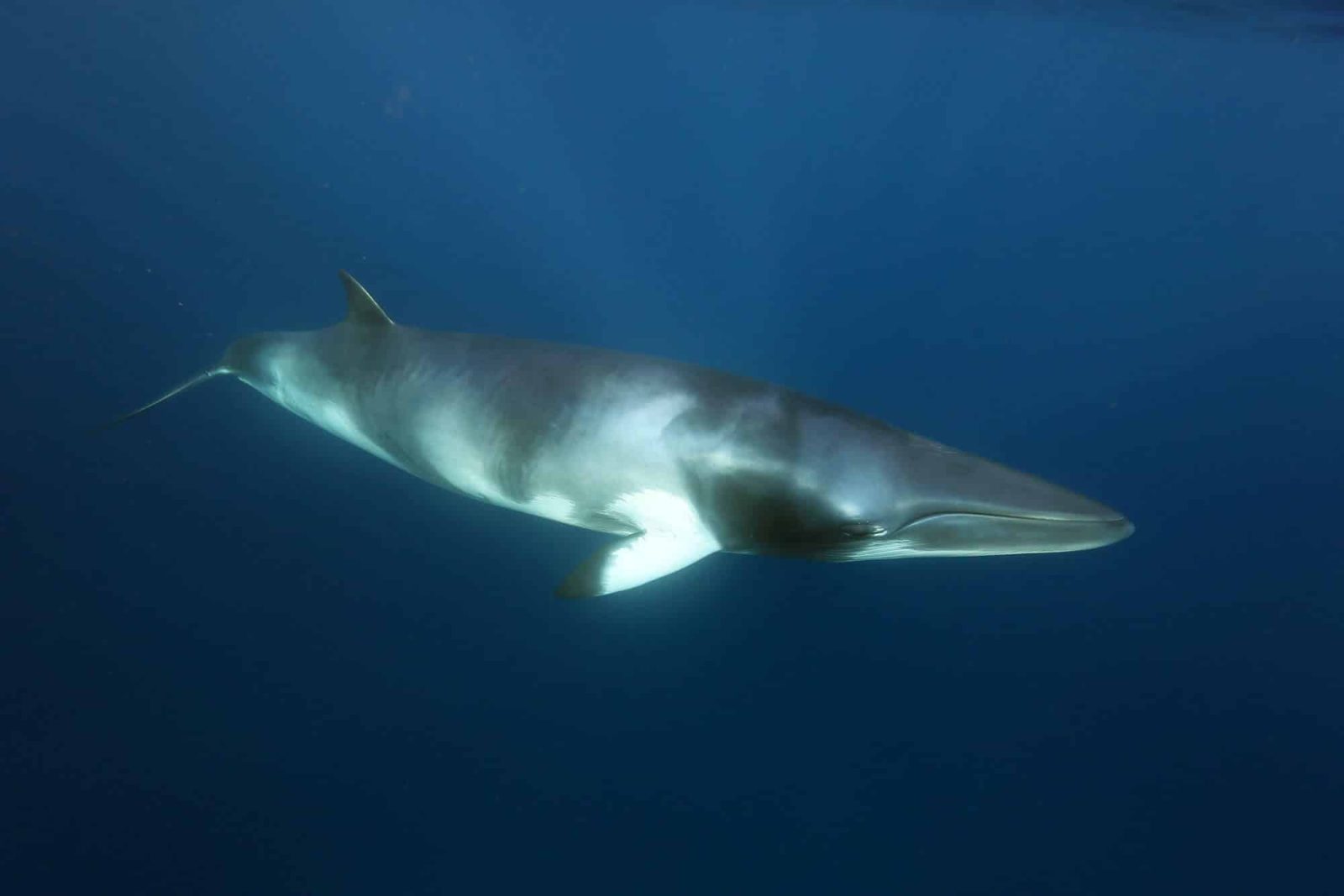
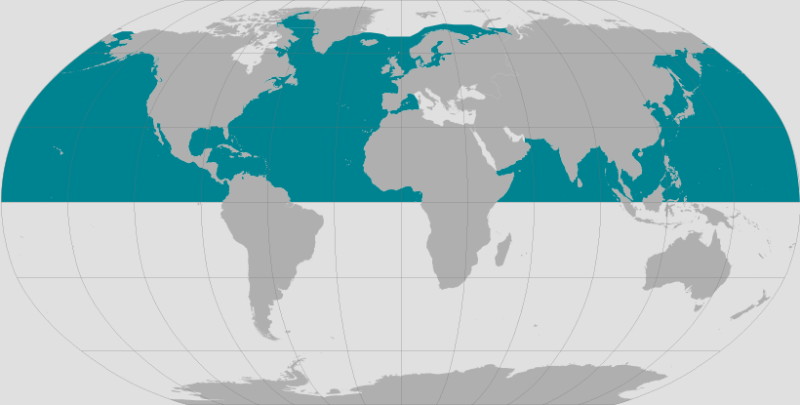 The smallest species of rorquals and second smallest baleen whales in the ocean. It was originally ignored, a primary target of whalers in the Southern hemisphere. Also known as the Northern minke whales, it lives in the Southern hemisphere, but is not the Southern Minke as that one lives in the waters around the Antarctic. Its range expands far into the northern hemisphere, up into arctic waters.
The smallest species of rorquals and second smallest baleen whales in the ocean. It was originally ignored, a primary target of whalers in the Southern hemisphere. Also known as the Northern minke whales, it lives in the Southern hemisphere, but is not the Southern Minke as that one lives in the waters around the Antarctic. Its range expands far into the northern hemisphere, up into arctic waters.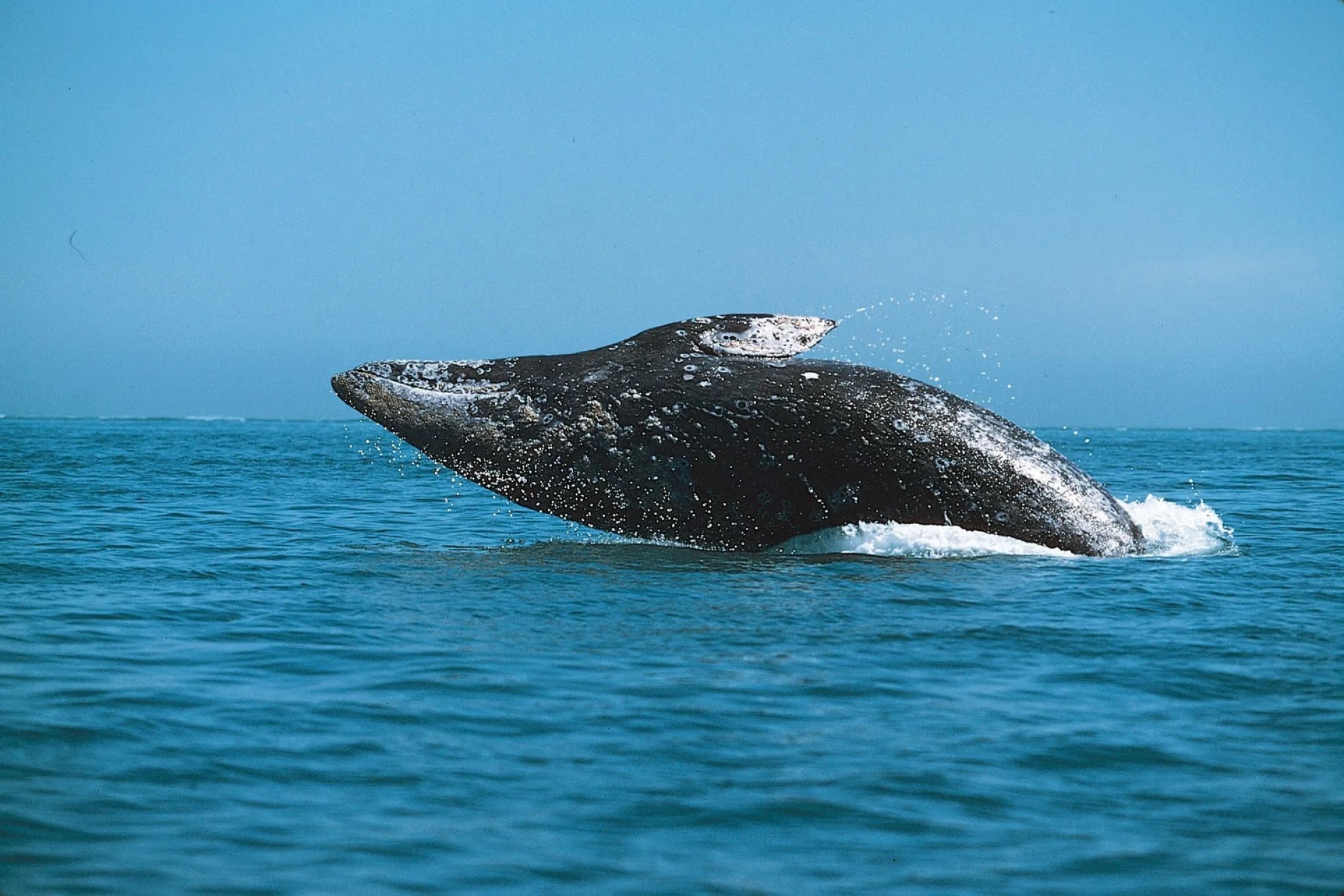



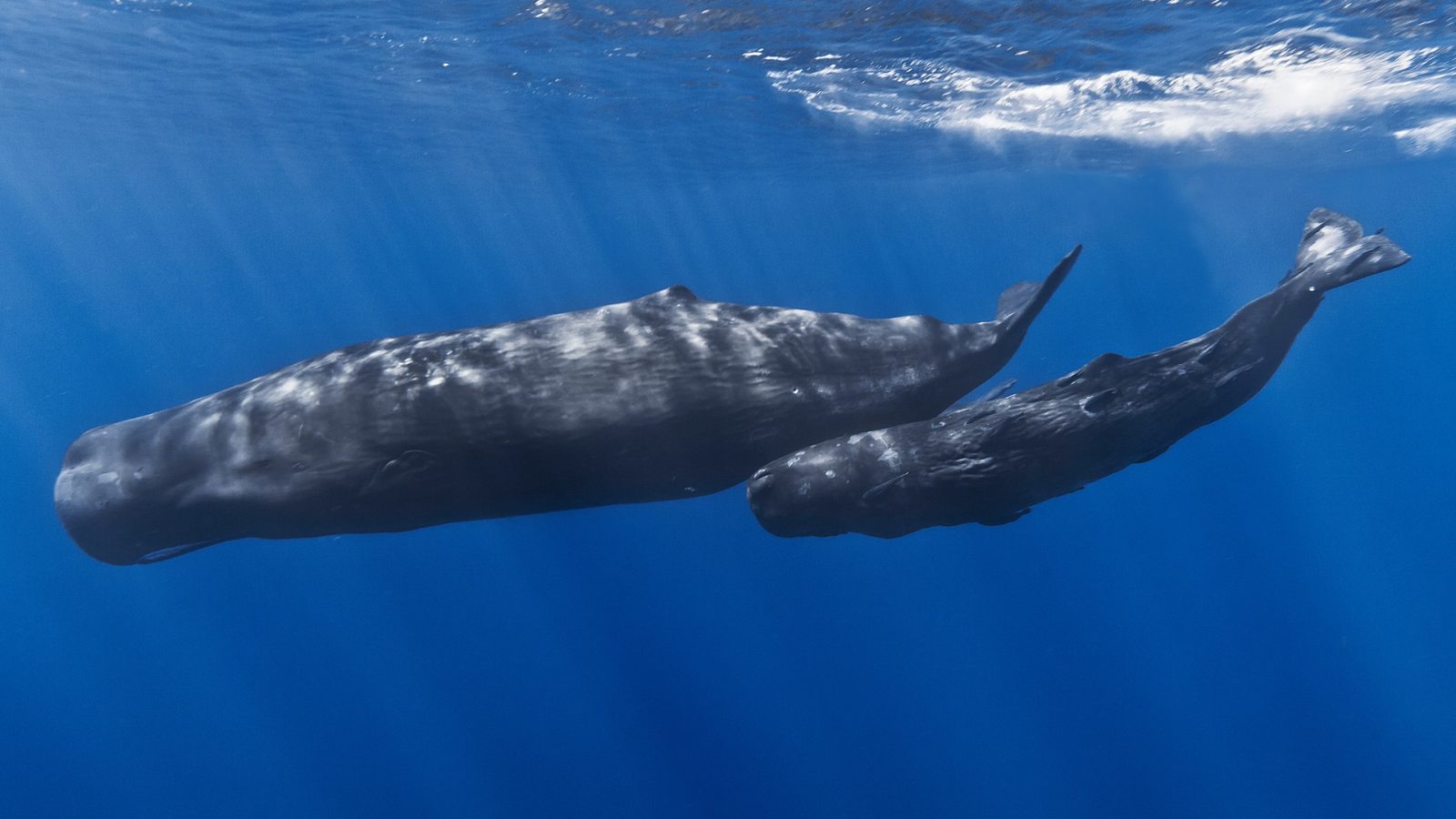
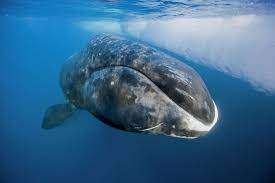
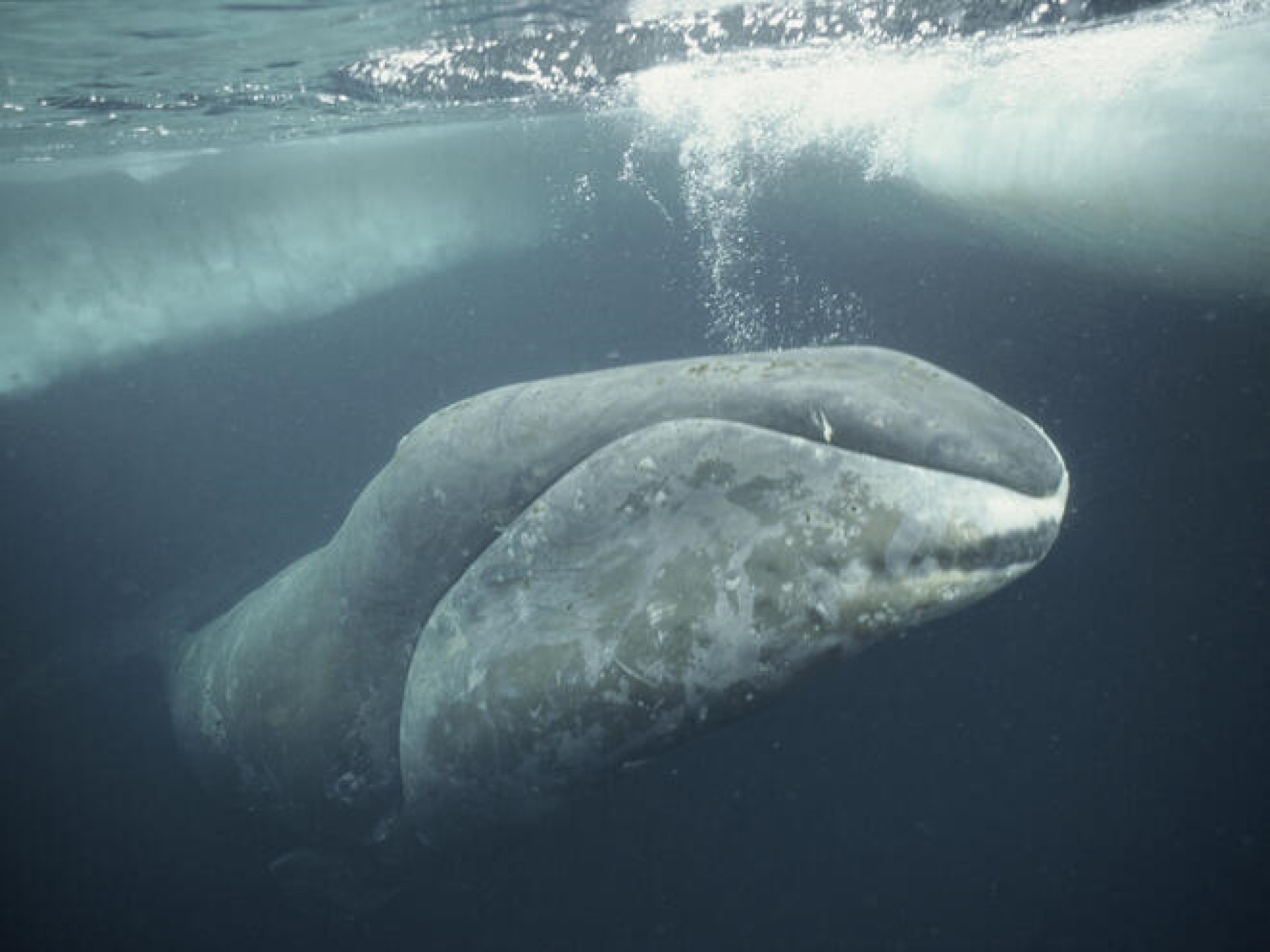
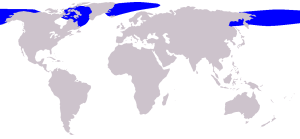 Also known as Greenland right whale, Arctic whale, steeple-top, and polar whale, they are closely related to the right whales, the bowhead whale looks quite different. It is in a different genus to the other right whales (so is a more distant relation.
Also known as Greenland right whale, Arctic whale, steeple-top, and polar whale, they are closely related to the right whales, the bowhead whale looks quite different. It is in a different genus to the other right whales (so is a more distant relation.